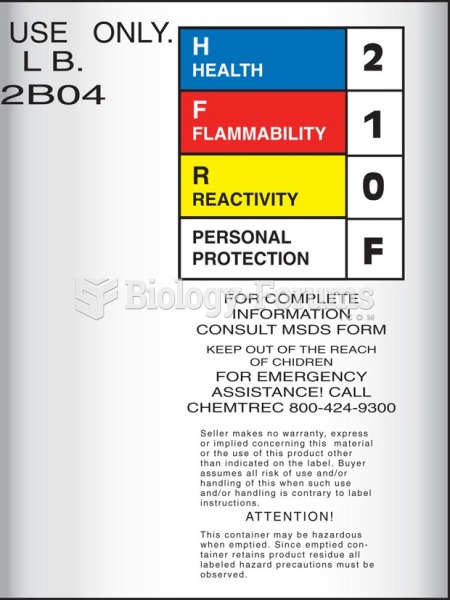|
|
|
On average, someone in the United States has a stroke about every 40 seconds. This is about 795,000 people per year.
Certain topical medications such as clotrimazole and betamethasone are not approved for use in children younger than 12 years of age. They must be used very cautiously, as directed by a doctor, to treat any child. Children have a much greater response to topical steroid medications.
Opium has influenced much of the world's most popular literature. The following authors were all opium users, of varying degrees: Lewis Carroll, Charles, Dickens, Arthur Conan Doyle, and Oscar Wilde.
Inotropic therapy does not have a role in the treatment of most heart failure patients. These drugs can make patients feel and function better but usually do not lengthen the predicted length of their lives.
 Immunization with a vaccine. A healthcare professional is injecting a vaccine into the patient’s arm
Immunization with a vaccine. A healthcare professional is injecting a vaccine into the patient’s arm
 MSDS labels provide an abridged version of substance hazards information and must be permanently ...
MSDS labels provide an abridged version of substance hazards information and must be permanently ...
 A shim (or half shim) may be needed to provide the proper clearance between the flywheel teeth of ...
A shim (or half shim) may be needed to provide the proper clearance between the flywheel teeth of ...





